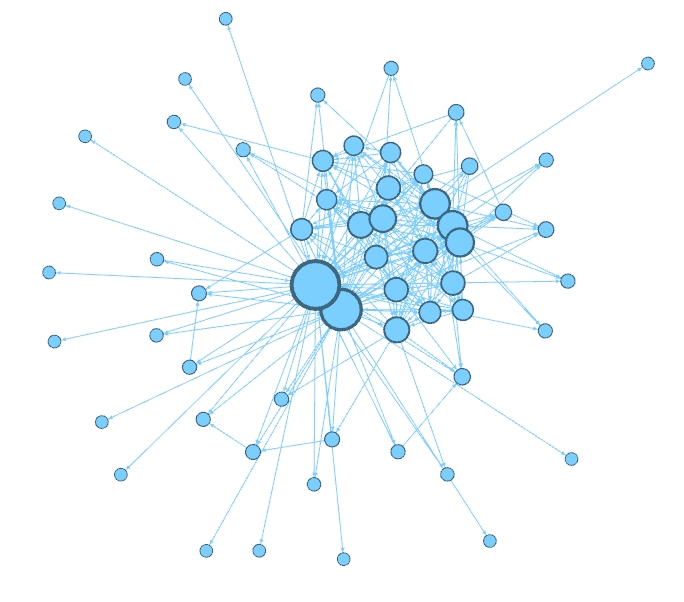What really plays an important role in the network is a small number of key
nodes, and there is no unified benchmark for trusted services. At present, the
indicators used to evaluate the importance of nodes in complex networks mainly
include node degrees, medians, proximity centers, feature vector centers,
K-cores, H-indexes, and so on.
In the study of the hub node of the Shenyang public transport network, the
research team summarized the existing bus network model, fully considered the
passenger transfer time and the transfer station, and found that Shenyang
Station, Huangsi Square Station and Shenyang North Station played in the city
bus system.
[1]. Dongming Chen, Xinyu Huang, Dongqi Wang, Lulu Jia.Public
Transit
Hubs Identification Based On Complex Networks Theory, IETE Technical Review.
[2]. Dong-ming CHEN, Dong-fang SIMA, Xin-yu HUANG. Overlapping
community and overlapping node discovery algorithm based on edge
similarity, ICEIT2017.


